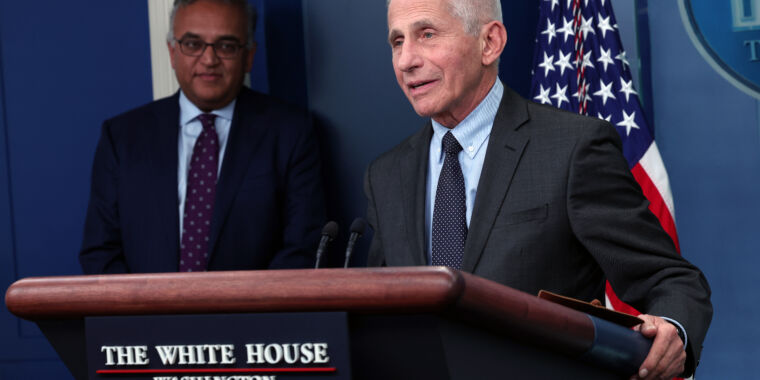Instagram will limit sensitive content for new teen users by default
Instagram will automatically activate its most restrictive content filter for all new users under the age of 16 - and recommend existing teenage users to do the same, the platform announced today in a blog post. Instagram renamed its existing content settings earlier this summer, which are now categorized as 'Less', 'Standard' and 'More' and allow users to limit content containing violence, sexual images, procedures cosmetics and other "sensitive" subjects. Only users over the age of 18 can access the "More" setting, which offers the least filtered version of Instagram available to the public. (Note: this may confuse some users used to Instagram's old settings, where "Limit even more" meant the tightest controls on content.)
Now new Instagram users under the age of 16 will see the "Less" setting enabled by default, which will affect the type of content they see on the platform, including in search, reels, suggested accounts, hashtags and in-feed recommendations. Instagram will also require all existing teen users to complete a "settings check" and limit who can share their content, send them direct messages, and what type of content their followers can view. It will also ask teens if they want to update a feature that allows them to limit the time they spend on Instagram.
An Instagram spokesperson told Engadget that an example of the type of content that the "Less" setting would restrict (which the Standard setting would not) is video footage of a protest that turned violent. Content settings only apply to accounts that teens aren't currently following.
Growing concern over Instagram's psychological and emotional toll on its youngest users prompted a Senate panel last year to summon Chief Adam Mosseri for questioning. Ahead of the hearing, the platform unveiled new safety features for teens, including one that warned users if they spent too much time on the app and an option to automatically report such objectionable content to their parents. And earlier this year, Instagram launched parental controls that let guardians monitor who's following their teen and set time limits on the app.
Mental health experts have warned that parental controls on social media can go no further, especially given that algorithms are notorious for slipping up and revealing risky content. Tech-savvy teens can also easily bypass these parental controls or just show whatever content they want on another platform or on a friend's phone.
This recent change probably won't have too much of an impact for teenage users whose parents or guardians already control their accounts through Instagram's Family Center. And for teens who are allowed to roam freely on Instagram, it's hard to imagine how many of them will voluntarily enable the most restrictive content settings, especially if many of their peers choose the most lenient filter.
All products recommended by Engadget are selected by our editorial team, independent of our parent company. Some of our stories include affiliate links. If you purchase something through one of these links, we may earn an affiliate commission.
Instagram will automatically activate its most restrictive content filter for all new users under the age of 16 - and recommend existing teenage users to do the same, the platform announced today in a blog post. Instagram renamed its existing content settings earlier this summer, which are now categorized as 'Less', 'Standard' and 'More' and allow users to limit content containing violence, sexual images, procedures cosmetics and other "sensitive" subjects. Only users over the age of 18 can access the "More" setting, which offers the least filtered version of Instagram available to the public. (Note: this may confuse some users used to Instagram's old settings, where "Limit even more" meant the tightest controls on content.)
Now new Instagram users under the age of 16 will see the "Less" setting enabled by default, which will affect the type of content they see on the platform, including in search, reels, suggested accounts, hashtags and in-feed recommendations. Instagram will also require all existing teen users to complete a "settings check" and limit who can share their content, send them direct messages, and what type of content their followers can view. It will also ask teens if they want to update a feature that allows them to limit the time they spend on Instagram.
An Instagram spokesperson told Engadget that an example of the type of content that the "Less" setting would restrict (which the Standard setting would not) is video footage of a protest that turned violent. Content settings only apply to accounts that teens aren't currently following.
Growing concern over Instagram's psychological and emotional toll on its youngest users prompted a Senate panel last year to summon Chief Adam Mosseri for questioning. Ahead of the hearing, the platform unveiled new safety features for teens, including one that warned users if they spent too much time on the app and an option to automatically report such objectionable content to their parents. And earlier this year, Instagram launched parental controls that let guardians monitor who's following their teen and set time limits on the app.
Mental health experts have warned that parental controls on social media can go no further, especially given that algorithms are notorious for slipping up and revealing risky content. Tech-savvy teens can also easily bypass these parental controls or just show whatever content they want on another platform or on a friend's phone.
This recent change probably won't have too much of an impact for teenage users whose parents or guardians already control their accounts through Instagram's Family Center. And for teens who are allowed to roam freely on Instagram, it's hard to imagine how many of them will voluntarily enable the most restrictive content settings, especially if many of their peers choose the most lenient filter.
All products recommended by Engadget are selected by our editorial team, independent of our parent company. Some of our stories include affiliate links. If you purchase something through one of these links, we may earn an affiliate commission.
What's Your Reaction?















![Three of ID's top PR executives quit ad firm Powerhouse [EXCLUSIVE]](https://variety.com/wp-content/uploads/2023/02/ID-PR-Logo.jpg?#)







